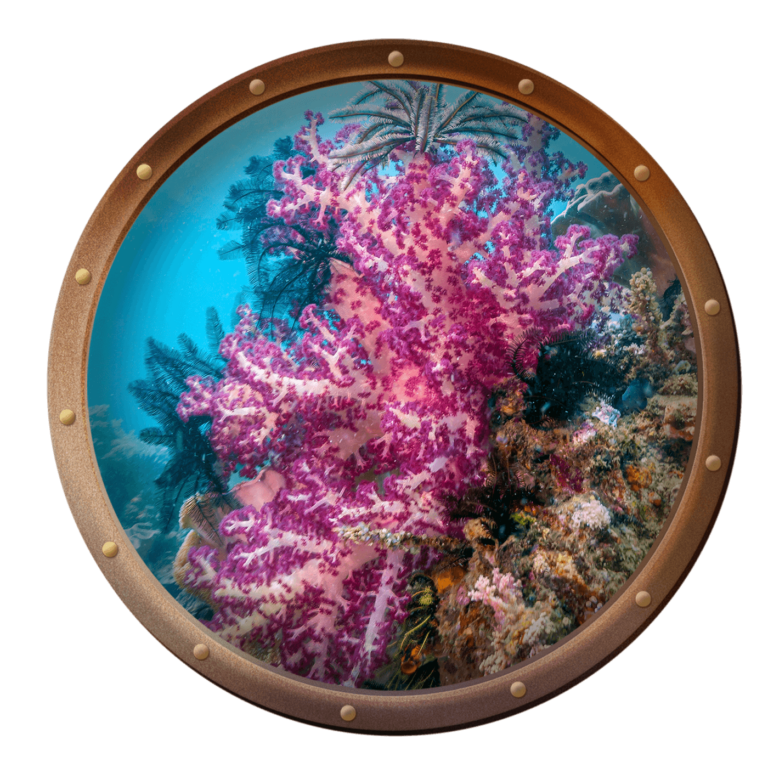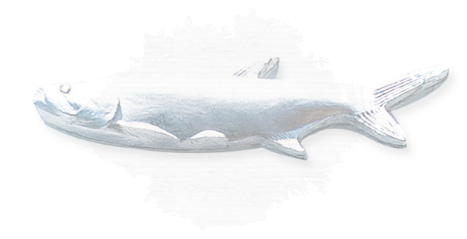Soft corals are members of the phylum Cnidaria, a group of stinging-celled animals that include anemones, jellyfish, hydroids, sea pens, true corals and other coral-named groups. Soft corals acquired their name from their fleshy and flexible forms, constructed of a bizarre assembly of structural elements that help the corals keep their shapes and support their forms. The small and large stony polyp corals’ lack of hard external calcareous skeleton makes it easy to distinguish the soft corals from the stony corals. Soft coral has habitats worldwide, more in tropical than temperate reefs, mainly in depths of 5-30 meters.
Some significant differences between soft and hard corals are their appearances and roles in ecosystems. Hard corals have a calcium carbonate skeleton, most commonly seen with dull colors, such as browns and greens. They are more structured and provide structural support to reefs. In contrast, soft corals are more flexible and provide sanctuaries for juveniles. Some examples of hard corals include staghorn, brain, and pillar coral.


